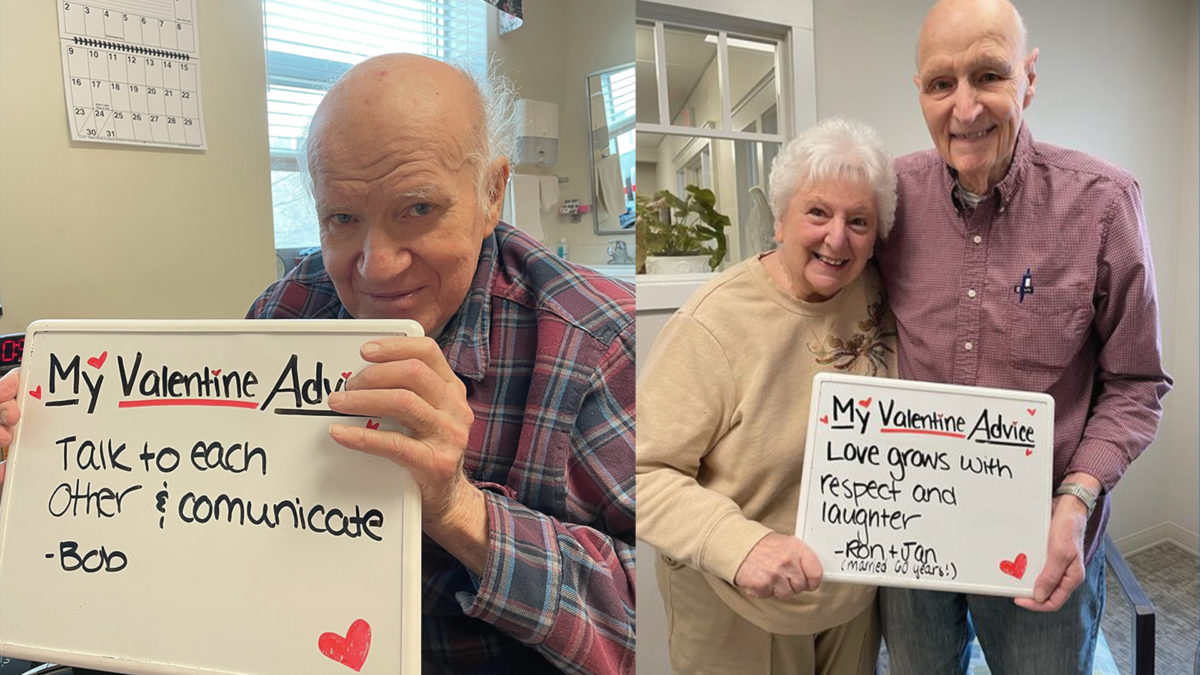Home care services are in high demand in Canada nowadays. 80% percent of seniors who are over the age of 60 choose to live an independent, comfortable, and high-quality life, according to recent studies. In correspondence with the huge demand, the home care industry is growing rapidly as well – finding a personal support worker (PSW) is no longer a difficult task.
Due to the enormousness of the home care industry, the service quality and the price of home care could vary drastically. In the Greater Toronto Area (GTA), the hourly rate of home care visits ranges from $28 to $65 an hour, depending on the location. So, although finding a PSW is easy, finding one who is affordable and who can provide quality care isn’t.
Knowing your worries, we have surveyed many quality home care agencies in the GTA and picked out the most highly rated and sought-after ones. Here is the list of them:
Best 7 Home Care Agencies in the GTA
Nurse Next Door
Just like their name, Nurse Next Door always has their caregivers ready for families. In the GTA, they have 8 locations that can dispatch their diligent and hardworking care staff to your family. Plus, Nurse Next Door has a full spectrum of services that can serve most seniors while matching each senior’s needs with the most suitable professionals.
Price:
- $$$$
Services:
- Comprehensive Home Care
- Dementia Care
- In-Home Nursing Care
- Companionship
- End-of-Life
- Homemaking
- Meal Preparation
- Personal Care
- Relief/Respite Care
- Transportation/Accompaniment
- Around the Clock Care
Highlights:
- Rigorous screening for every caregiver
- The “Happier Aging” program that supports seniors’ mental health
- Provides dementia care
Business Information:
Home Care Assistant of Toronto
Home Care Assistant believes that seniors have their own freedom to choose the lifestyle they want, so they offer multiple types of service. For home care, Home Care Assistant has different caring options, from companionship to hospice care. They are also proud of their programs, such as “The Balanced Care Method,” which focuses on a healthy mind, body and spirit, holistically promoting seniors’ nutrition, physical activity, mental health, and social interaction.
Price:
- $$$
Services:
- Hourly Home Care
- Live-In Home Care
- Alzheimer’s Care
- Dementia Care
- Stroke Care
- Parkinson’s Care
- Hospice Support
- Post-Hospital Care
- Retirement Home
- Assisted Living and LTC Facility Care
Highlights:
- Various types of care can meet different patients’ needs
- A balanced approach to senior care
Business Information:
CareStory Home Care
CareStory Home Care offers the most affordable home care service in the GTA. If you are tight on budget or struggling to find a reliable caregiver with empathy for your family, CareStory would be your solution. By combining its profile service that is built for every senior, CareStory’s caregivers are able to deliver the most customized and sympathetic care to your family. In addition, seniors’ families can use the profile to record seniors lives, which provides seniors with a sense of purpose along with meeting daily living needs.
Price:
- $
Services:
- Companionship
- Home Care Services
- Dementia Care
- Meal Prep & Housekeeping
- Transportation
- Online Profile Building
Highlights:
- Person-centred care
- Family-like caregivers
- Senior profile & life story building platform
Business Information:
Home Instead Senior Care
Nothing feels worse than seeing your family slowly lose his or her memory, and Home Instead Senior Care can totally understand this feeling of hopelessness. Therefore, they have a CARE training program (Changing Aging through Research and Education) that essentially focuses on dementia and Alzheimer’s care. Home Instead Senior Care is a pro on managing memory loss in seniors – if this is your concern, Home Instead is the choice.
Price:
- $$$$
Services:
- Personal Care Services
- Nurse Directed Care
- Hospice Support
- Meal Prep & Home Helpers
- Transportation
- Companionship
Highlights:
- Memory loss care
- Grant programs that provide families with Alzheimer’s patients with financial assistance
Business Information:
Home Concierge Toronto
Home Concierge always tries their best to make sure that your family receives care from the same team member(s) since they believe building a rapport between caregivers and the seniors is vital in the caring process. Also, they offer a companionship service option that is apart from home care that is served by PSW workers. It is suitable for seniors who don’t need personal care but needs company to feel less lonely, which is also cheaper than personal care services.
Price:
- $$$
Services:
- Home Care Services
- Transportation
- Provides Expert Advice on Searching For Retirement Homes
- Meal Prep & Grocery Shopping
- Light Housekeeping
Highlights:
- Companionship assistance
- Consistent caregivers
- Good concierge services
Business Information:
Guardian Home Care
Whether your family is in a retirement home, a hospital, or just staying in his or her own house, Guardian Home Care can deliver its professional team to provide compassionate care. This is also why Guardian Home Care has gained so many compliments from its customers – its care staff always try their best to meet the senior’s goals and make the process comfortable enough at the same time.
Price:
- $$
Services:
- Personal Care
- Nursing Services
- Companionship
- One-on-One Private Duty
- Overnight Care
- The Day-to-day Care
Highlights:
- Respite care
- Full-time care with a discount
Business Information:
At The End:
Choosing and inviting a caregiver to your home can sometimes be stressful. Thus, researching and screening home care agencies or caregivers is extremely important. See our article on “Top 10 Questions To Ask Before Hiring a Home Care Agency” to help find a “perfect” candidate.













